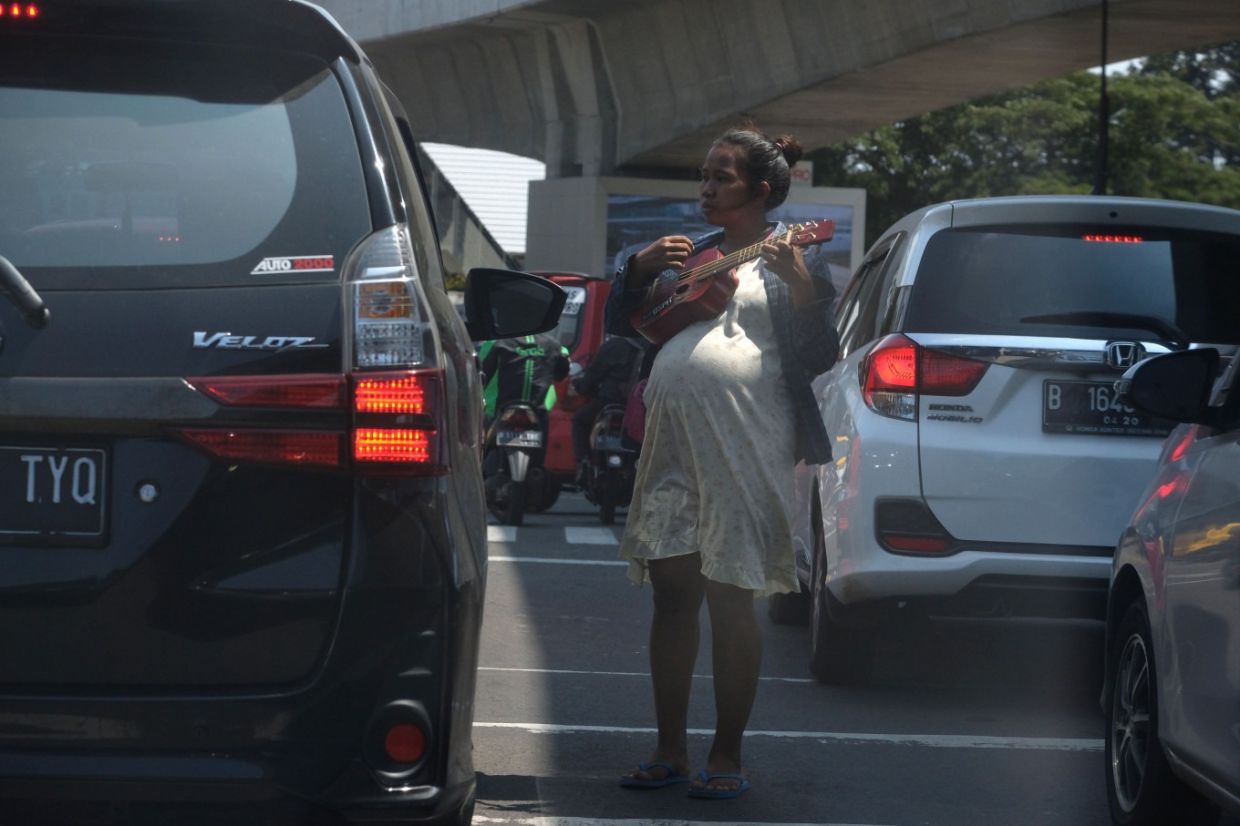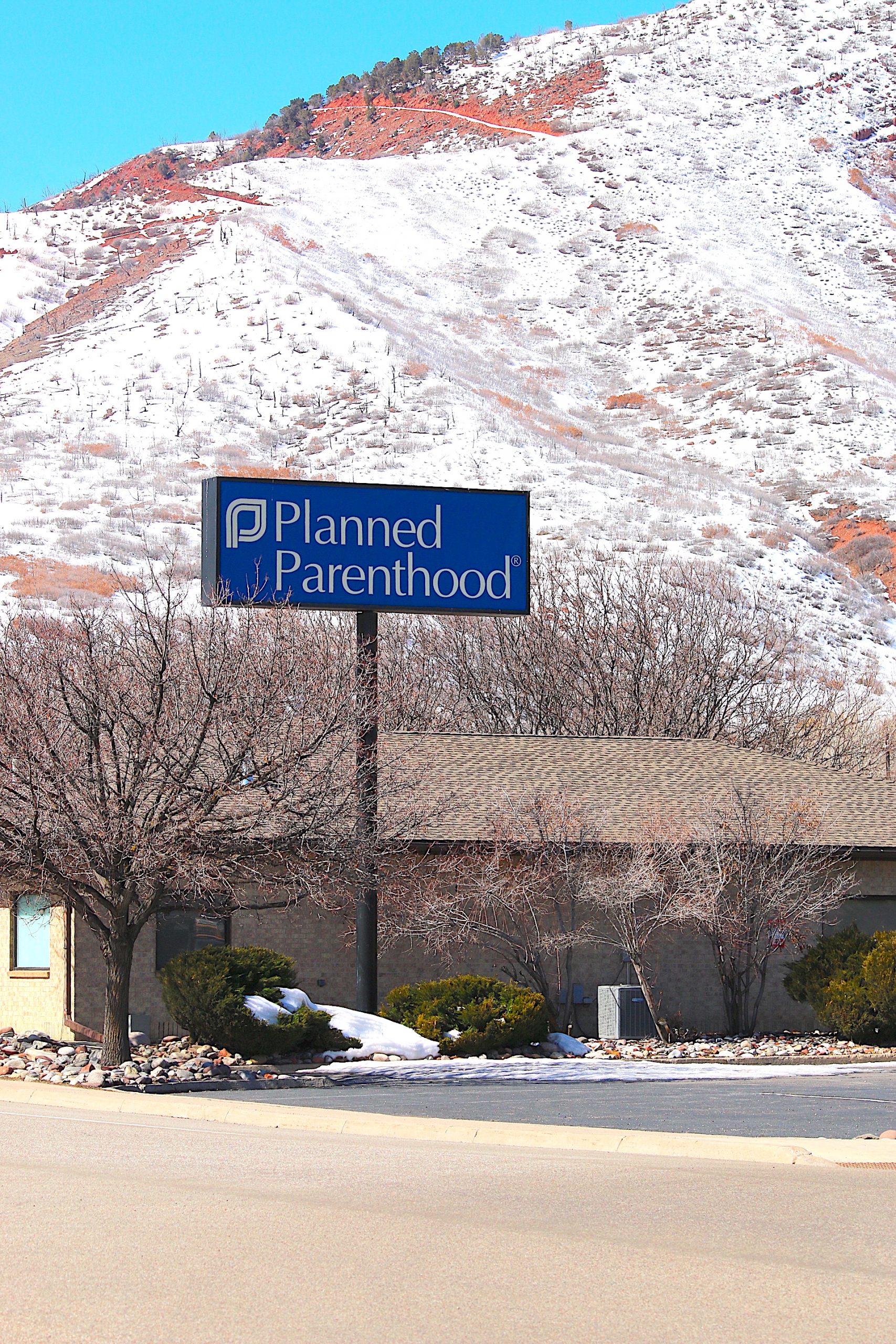How—or even whether—anthropogenic, or human-caused, climate change is taught in the U.S. education system is uneven at best. The National Council for Science and the Environment evaluated state climate change standards in 2020; Wyoming was the only state to get an A, while 10 states received a D or worse. While not the only reason for this pedagogical failure (among others), textbooks can play a significant role, given that they often drive curricula and are the prime resources for students new to a subject. To better understand how this dynamic may have impacted Americans’ perceptions of climate change over time, a duo of North Carolina State University researchers recently assessed coverage of the topic in 57 college-level introductory biology textbooks published between 1970 and 2019—a sample that included those used most widely across large university systems.
The findings, published in PLOS One, were mixed. On the one hand, bio textbooks have, over the past five decades, generally increased their climate change-related content.
But on the other hand, there’s a somewhat disconcerting trend in how these textbooks talk about climate change.
It’s a bit paradoxical, given that over the last 10 years or so, solutions that limit greenhouse gas emissions and prepare for needed climate change adaption have proliferated. While Rabiya Arif Ansari and Jennifer M. Landin, the authors of the study, readily admit that there are structural issues that can’t be solved by giving students action items, they also note that modern bio textbooks typically include more solutions-oriented content on things like sexually transmitted disease, endocrine disrupting chemicals in food and household products, and genetic testing.
So, they write, we need to change our approach to teach about climate change: “Given Americans’ outsized contribution to the problem and resistance to accept anthropogenic climate change, we propose that U.S. educators or curriculum developers consider the implicit messages sent through the amount of coverage, inclusion of subtopics, and placement of climate change information in instructional materials or course organization.”
More Must-Reads From TIME
Discovered on: 2022-12-23 13:00:41
Source: How Climate Education in the U.S. Has Changed Since 1970



